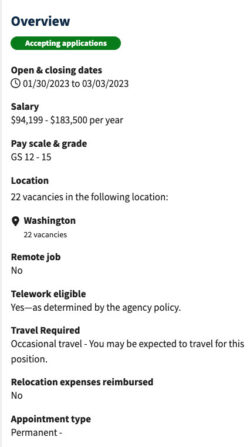Jaundice Malpractice Lawsuit: Did Your Baby Suffer Birth Injury After Your Doctor, Physician, OB-GYN
In the intricate landscape of neonatal care, jaundice stands as a notable condition that, while common, necessitates vigilant management to prevent severe outcomes. The distressing reality for some families is the discovery that their child's lasting injuries could have been averted with proper medical oversight. Instances of negligence, ranging from overlooked symptoms to delayed treatments, underscore a critical dialogue on the accountability of healthcare professionals. As we examine the nuances of jaundice malpractice lawsuits, one must ponder the legal and ethical frameworks that govern medical practice, inviting a deeper exploration into how such failures occur and the pathways to redress for affected families.

Understanding Jaundice
Jaundice, a common condition in newborns, is characterized by a yellowing of the skin and eyes due to high levels of bilirubin in the blood. This condition often emerges due to the newborn's liver being unable to adequately process and remove bilirubin, a byproduct of the breakdown of red blood cells. While jaundice is typically a temporary and treatable condition, its presence necessitates careful monitoring and management to prevent severe complications. The underlying causes of jaundice can vary, including physiological processes, infections, genetic conditions, or blood type incompatibilities between the mother and baby. Effective management strategies are critical to ensure the condition resolves without leading to harmful outcomes such as kernicterus, a rare but serious form of brain damage.
Recognizing Symptoms
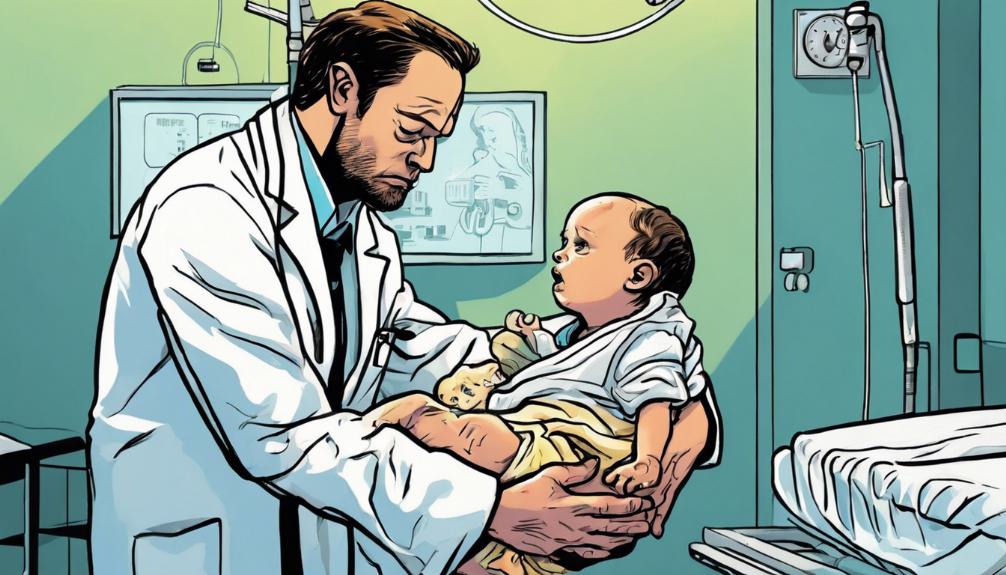
Understanding the importance of monitoring and managing jaundice in newborns leads us to the critical step of recognizing the specific symptoms associated with this condition. The most recognizable symptom is a yellowing of the baby's skin and the whites of their eyes, a condition medically known as icterus. This yellowing typically appears between the second and fourth day after birth. Other symptoms include the baby appearing overly tired or fussy, having difficulty waking up or feeding, and in severe cases, experiencing a high-pitched cry or developing a fever. Early detection is paramount as untreated jaundice can lead to more severe complications. Parents and caregivers should observe these symptoms closely and seek immediate medical consultation if they suspect their newborn may have jaundice.
Risk Factors Identified
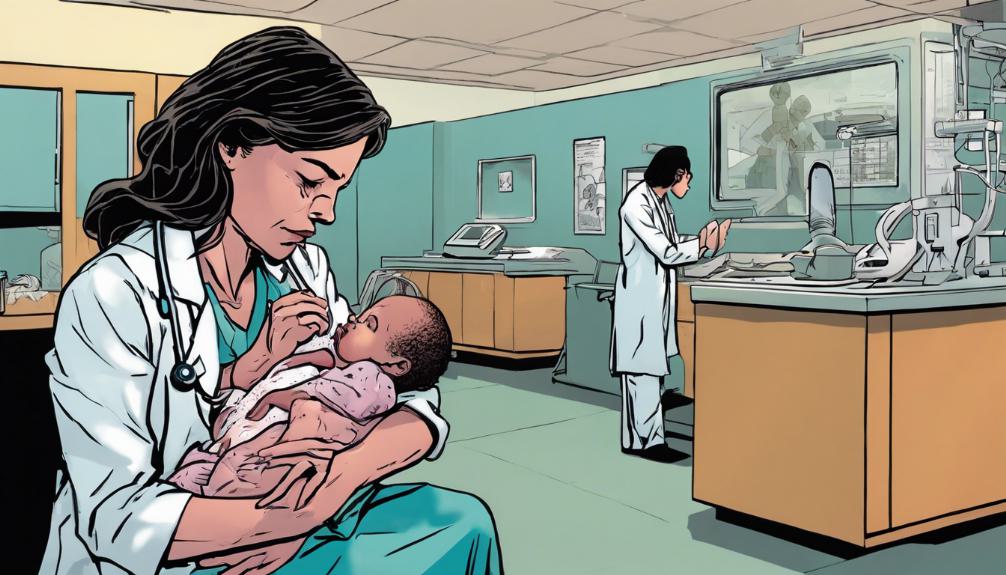
Identifying key risk factors is essential for preventing and managing jaundice in newborns. Certain conditions increase the likelihood of a newborn developing jaundice, including premature birth, as premature babies often have a less developed liver, making it harder for the body to process bilirubin. Blood type incompatibility between the mother and baby can also lead to jaundice, as it causes the baby's immune system to attack red blood cells, creating an excess of bilirubin. Other risk factors include a sibling who had jaundice, bruising during birth, and breastfeeding difficulties which can lead to dehydration. Understanding these risks is crucial for healthcare providers to implement timely interventions and reduce the potential for severe complications or the need for legal action.
Monitoring Protocols
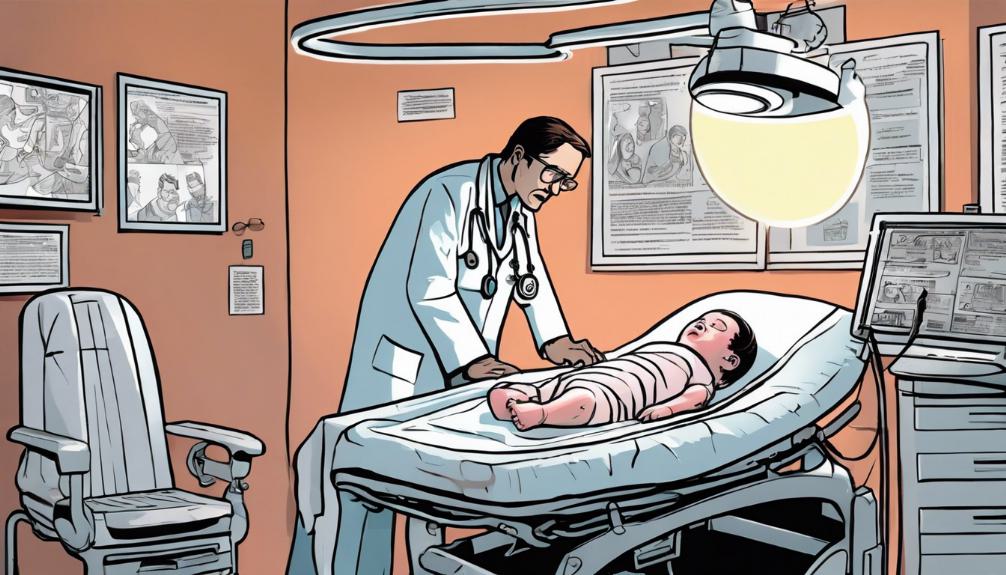
Effective monitoring protocols are crucial for the early detection and management of jaundice in newborns. These protocols involve regular assessment of the infant's skin and eyes for yellowing, a key indicator of jaundice, and testing the baby's bilirubin levels through either a skin or blood test. Identifying and monitoring jaundice risk factors in newborns, as previously discussed, is an integral part of these protocols. Healthcare providers must ensure that these procedures are followed meticulously to prevent the progression of jaundice to more severe conditions. Proper documentation and communication between the medical team members are also vital components of effective monitoring protocols. This systematic approach aids in the timely intervention and treatment of newborn jaundice, thereby reducing the risk of long-term complications.
Diagnosis Delays
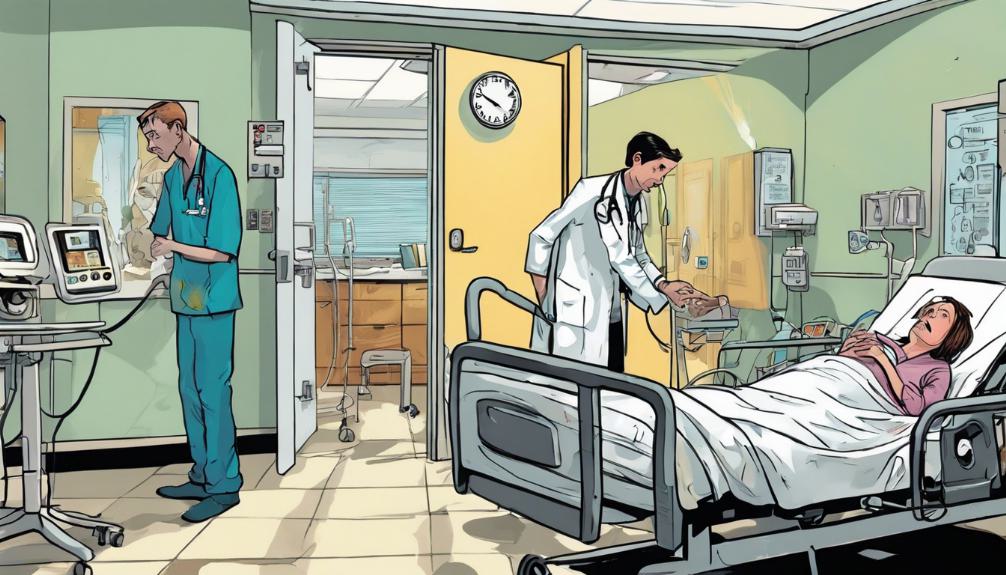
Diagnosis delays in jaundice can significantly escalate the risk of severe complications in newborns. Timely identification of jaundice is crucial as it allows for the prompt initiation of treatment to prevent the progression to serious conditions, such as kernicterus, which can lead to cerebral palsy, hearing loss, and cognitive impairments. The failure to monitor a baby for signs or symptoms of jaundice, recognize the condition in a timely manner, or identify and monitor risk factors can be considered negligence. Such delays may stem from a lack of thorough examination, oversight, or misinterpretation of symptoms. In medical malpractice lawsuits involving jaundice, proving that the healthcare provider failed to diagnose or acted too slowly is essential for establishing liability.
Treatment Options

Understanding the critical nature of timely jaundice diagnosis, it is equally important to explore the various treatment options available to manage this condition effectively. Primary treatments include phototherapy or light therapy, where the baby is placed under a special type of light that helps break down bilirubin in the skin. In more severe cases, an exchange transfusion might be necessary, where the baby's blood is replaced with fresh blood to rapidly decrease bilirubin levels. Additionally, ensuring the baby receives adequate hydration and nutrition can facilitate the natural elimination of bilirubin. It's imperative that these treatments are administered promptly and correctly to prevent the progression of jaundice and avoid potential health complications.
Complication Management
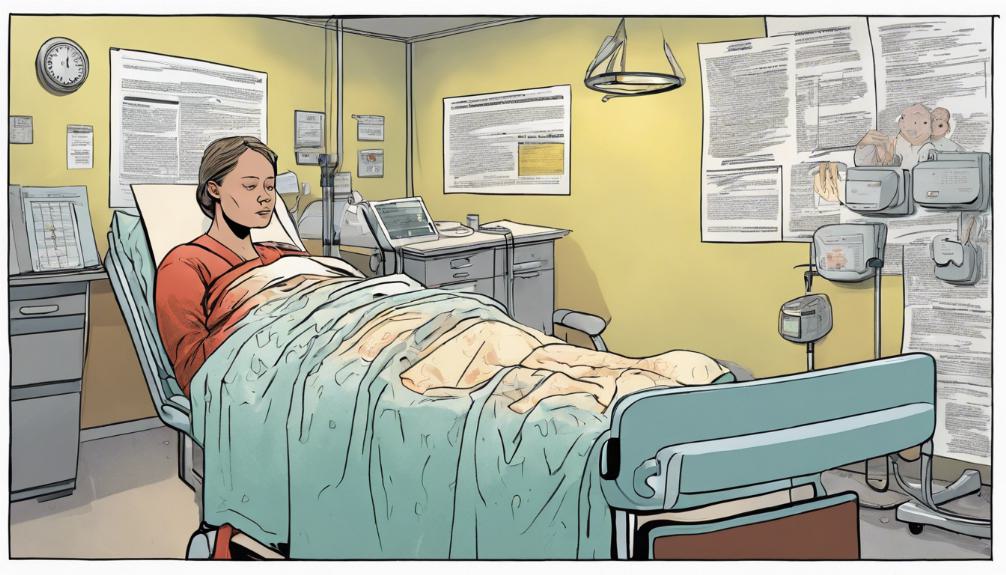
Managing complications arising from untreated or improperly treated jaundice requires a multidisciplinary approach to prevent long-term health issues. This involves not just the immediate healthcare team, but also specialists in pediatrics, neurology, and gastroenterology, depending on the severity and nature of the complications. Effective management may include phototherapy to reduce bilirubin levels, intravenous immunoglobulin (IVIG) therapy to manage severe cases, or even exchange transfusions in critical situations. Each case demands a tailored strategy, focusing on minimizing neurological damage such as kernicterus, which can result in cerebral palsy, hearing loss, and cognitive impairments. Early intervention and a proactive stance on monitoring and treatment are crucial in mitigating the adverse outcomes of jaundice complications.
Medical Standards of Care
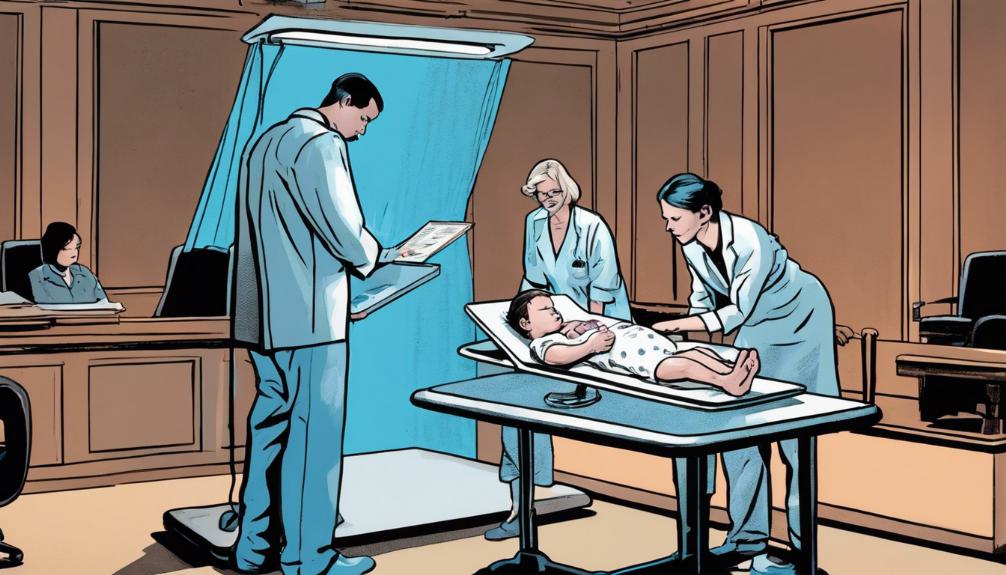
Medical standards of care are essential benchmarks that guide healthcare professionals in delivering safe and effective treatment to patients, including those suffering from conditions such as jaundice. In the context of neonatal care, these standards include rigorous monitoring for signs or symptoms of jaundice, timely diagnosis, and appropriate treatment protocols to manage and mitigate the risk of severe complications. Adherence to these standards is critical in preventing the escalation of jaundice to more severe conditions such as kernicterus, a form of brain damage. Furthermore, recognizing and monitoring jaundice risk factors in newborns is integral to these standards, ensuring that all potential cases are managed proactively. Healthcare providers are expected to apply these standards consistently to safeguard the health and well-being of their youngest patients.
Legal Criteria for Malpractice
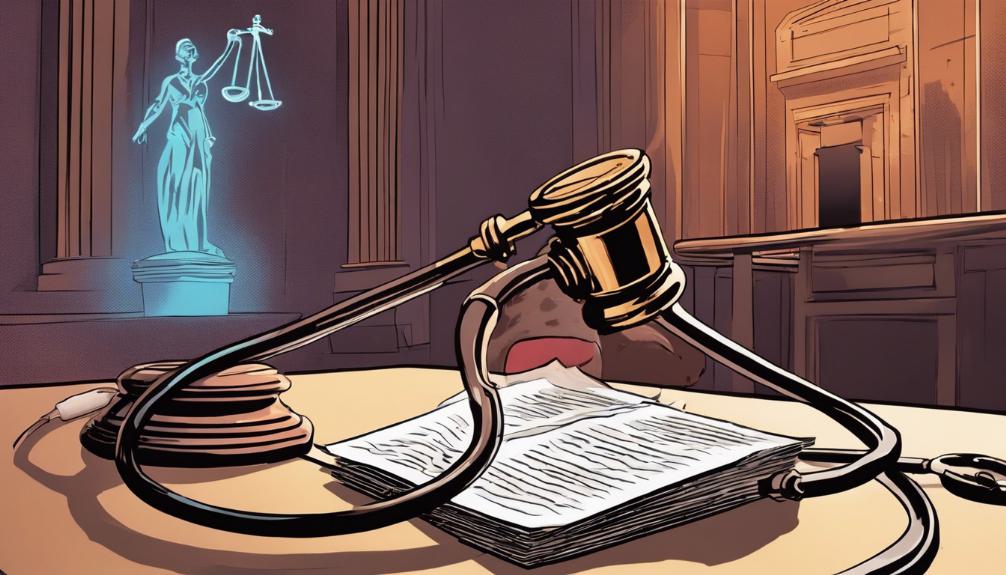
Determining legal malpractice in the context of jaundice management involves a comprehensive analysis of whether healthcare professionals deviated from established medical standards of care. This determination hinges on four key legal criteria. First, a duty of care must have been owed by the healthcare provider to the patient. Second, there must be a breach of this duty through action or omission that deviates from the accepted standard of care. Third, this breach must directly cause harm or injury to the patient. Lastly, the injury must result in significant damages, such as medical expenses, pain and suffering, or lost income. Successfully proving these elements in a court of law establishes the foundation for a viable malpractice claim related to jaundice management in newborns.
Filing Your Lawsuit

Having established the legal foundation for a malpractice claim related to jaundice management, it's crucial to understand the process involved in filing your lawsuit. Initiating a lawsuit begins with the preparation of a legal document known as a complaint. This document outlines your allegations against the healthcare provider, detailing how their actions or inactions breached the standard of care, leading to harm. It is then filed in a court with jurisdiction over the matter. Following this, the defendant is served with the complaint, providing them an opportunity to respond. The timeline for filing a lawsuit, known as the statute of limitations, varies by jurisdiction and requires prompt action to ensure your right to seek damages is preserved. Engaging an experienced medical malpractice attorney early can help navigate these complexities and advocate effectively on your behalf.
Gathering Evidence
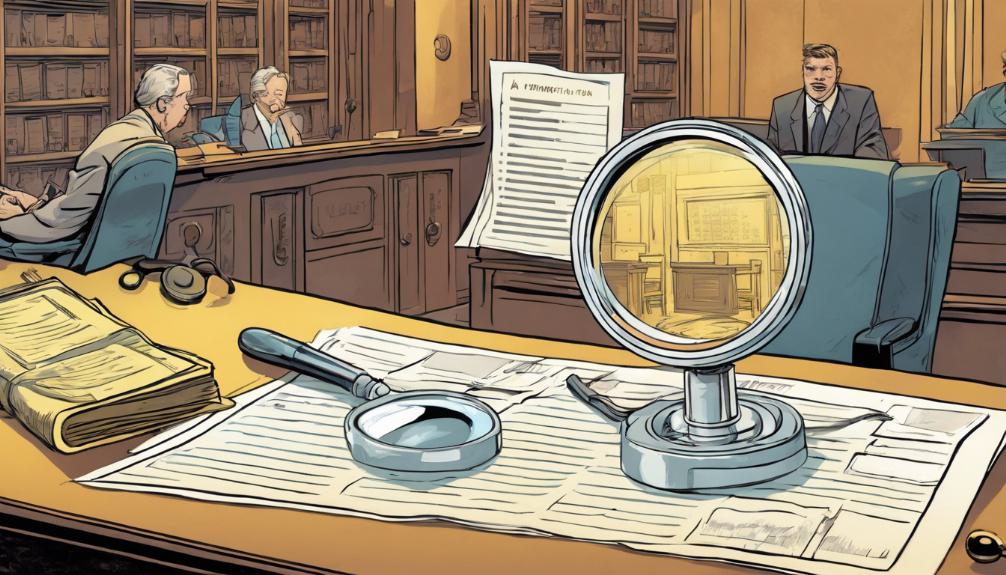
Once a lawsuit is filed, the next critical step involves meticulously collecting and organizing evidence to support your claim. This evidence can range from medical records detailing the baby's condition and treatment, to expert testimony on standard care practices and how they may have been violated. It's crucial to gather all relevant documents, such as birth records, lab results indicating bilirubin levels, and any communication with healthcare providers regarding the baby's health. Photographic evidence showing the extent of jaundice may also be valuable. Furthermore, witness statements from family members or hospital staff who observed the baby's condition can provide additional support for your case. Each piece of evidence plays a vital role in constructing a compelling argument for negligence or malpractice.
Selecting a Lawyer

After gathering essential evidence for a jaundice malpractice lawsuit, the next crucial step involves choosing an experienced lawyer who specializes in birth injury cases. This decision is paramount as it significantly impacts the outcome of your case. Seek a legal professional with a proven track record in handling similar cases, ensuring they possess the knowledge and expertise to navigate the complexities of medical malpractice litigation effectively. It's essential to feel comfortable with your chosen lawyer, as open communication and trust are foundational to building a strong case. Opt for a lawyer who offers a free initial consultation, allowing you to discuss your case specifics and gauge their approach before making a commitment. Selecting the right lawyer is a critical step toward seeking justice and compensation for your baby's injury.
Potential Compensation

Victims of jaundice malpractice may be entitled to receive substantial compensation for the injuries and losses sustained due to medical negligence. This compensation can cover a wide range of damages, including medical expenses for both past and future treatments related to the jaundice complications. Additionally, families might receive funds for the child's pain and suffering, which encompasses both physical and emotional distress. In severe cases where long-term care or therapy is required, compensation might also address these ongoing needs. Furthermore, if the child's ability to earn a living in the future is compromised due to the negligence, compensation for lost earning potential could be considered. Each case varies, but the goal is always to ensure that the victim and their family receive fair restitution for the undue burden placed upon them.
Trial Process Overview

Understanding potential compensation is crucial for victims of jaundice malpractice, and the trial process plays a pivotal role in securing this restitution. This phase begins with the filing of a lawsuit, where the plaintiff's legal team presents evidence of negligence by the healthcare provider. Pre-trial activities include discovery, where both sides exchange information and evidence, and pre-trial motions, which may resolve some issues before the trial officially starts. During the trial, both parties present their cases through witness testimonies, expert opinions, and documentary evidence. The objective is to demonstrate the defendant's failure in meeting the standard of care, leading to the baby's injury. A judge or jury then assesses the evidence to determine liability and, subsequently, the compensation owed to the plaintiff.
After the Verdict

Following the issuance of a verdict in a jaundice malpractice lawsuit, several key steps must be undertaken to ensure the judgment is executed properly. The winning party, typically the plaintiff in these cases, must work with their legal representation to navigate the post-verdict landscape. This includes filing any necessary paperwork to collect the awarded damages. The defense, on the other hand, might explore options for an appeal if they believe the verdict was unjust or the trial flawed. Both parties should also consider the implications of the verdict on future practices, especially healthcare providers who may need to revise protocols to prevent similar incidents. Finally, the verdict serves as a precedent, potentially influencing the outcomes of similar cases and encouraging healthcare providers to adhere to higher standards of care.
Frequently Asked Questions
How Do I Emotionally Cope With the Realization That My Baby's Condition Could Have Been Prevented With Proper Medical Attention?**
Realizing that a baby's condition could have been prevented with proper medical attention can be profoundly distressing. It's important to seek emotional support through counseling or support groups where shared experiences can offer solace and understanding. Additionally, focusing on the care and progress of your child can provide a positive outlook. Engaging with legal counsel may also offer a sense of empowerment by addressing the accountability of those responsible for the oversight.
What Are the Common Misconceptions About Jaundice Malpractice Lawsuits That Might Deter Parents From Seeking Legal Action?**
Common misconceptions about jaundice malpractice lawsuits can significantly deter parents from pursuing legal action. Many believe that proving negligence in jaundice management is overly complex or impossible, fearing high legal costs and lengthy proceedings. Others may underestimate the severity of jaundice complications, assuming that such conditions resolve without long-term effects. Additionally, a lack of awareness about the rights to seek compensation for medical negligence further hampers the pursuit of justice.
Can Pursuing a Jaundice Malpractice Lawsuit Affect My Relationship With My Current Healthcare Providers, and How Should I Navigate This Concern?**
Pursuing a medical malpractice lawsuit can potentially impact your relationship with current healthcare providers due to perceived legal confrontation. It is essential to navigate this concern by maintaining open communication with your healthcare team, emphasizing your actions are not personal but rather a pursuit of justice and proper care for your child. Consulting with a legal professional can provide guidance on balancing legal action with ongoing medical relationships.
What Support Resources Are Available for Families Going Through the Stress of a Jaundice Malpractice Lawsuit?**
Families facing the challenges of a malpractice lawsuit related to neonatal care can access various support resources. Legal aid organizations offer guidance on navigating the lawsuit process, while patient advocacy groups provide emotional and informational support. Online forums and communities connect affected families, offering a platform for shared experiences and advice. Additionally, professional counseling services can assist in managing the emotional stress associated with such legal and health-related concerns.
How Does the Experience of Other Families Who Have Gone Through Similar Lawsuits Impact the Legal Landscape for Future Cases of Jaundice Malpractice?**
The experiences of families involved in similar lawsuits can significantly impact the legal landscape for future cases of medical malpractice, including those related to jaundice. Precedent-setting outcomes and increased awareness can lead to stricter regulations and standards of care, promoting better practices among healthcare providers. Moreover, these cases often highlight common pitfalls in patient care, encouraging institutions to adopt more vigilant monitoring and treatment protocols to prevent similar occurrences.

This post has been generated by AI and was not reviewed by editors. This is Not legal advice. Please consult with an attorney.




